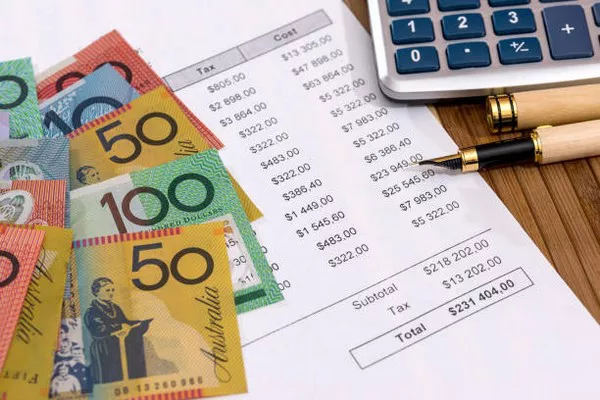AUD/USD is retreating from a five-month high of 0.6493 reached on Monday, slipping to around 0.6450 in Asian trading on Tuesday. The decline was due to a strengthening of the US dollar (USD) ahead of the Federal Reserve (Fed) monetary policy decision on Wednesday.
Although the Fed is widely expected to keep interest rates unchanged, investors’ attention is still focused on Chairman Jerome Powell’s speech, especially against the backdrop of tariff-related uncertainty and increasing pressure from President Trump to cut interest rates.
In addition, Treasury Secretary Scott Bessant said on Monday that the United States is “very close to making some agreements,” echoing Trump’s comments over the weekend, suggesting that a trade deal could be reached soon. Trump confirmed that negotiations are still ongoing but ruled out a meeting with Chinese President Xi Jinping this week. Meanwhile, China’s Ministry of Commerce said on Friday that it is reviewing the US proposal to restart trade discussions.
On the data front, the US ISM Services PMI rose to 51.6 in April, beating expectations of 50.6 and improving from 50.8 in March. The new orders index climbed to 52.3 (50.4 prior), while the services employment index improved to 49 (46.2 prior).
On the Australian side, the Australian dollar (AUD) was supported by the success of Prime Minister Anthony Albanese in securing a second three-year term in the 2025 federal election, marking a significant improvement in Saturday’s election results. Albanese promised a “disciplined” government focused on cost of living assistance, renewable energy, tax cuts, housing and healthcare.
Westpac’s CEO noted that “the worst is over” regarding consumer and business pressures, and that demand for M&A financing was stronger than expected. The bank predicts that the Reserve Bank of Australia (RBA) will cut interest rates by 25 basis points at its May 19-20 meeting.
Meanwhile, National Australia Bank (NAB) has raised its year-end AUD/USD forecast to 0.70, citing the continued bear market in the US dollar. NAB expects the pair to remain around 0.65 by mid-year, gradually rising to 0.67 in December. The bank attributed the outlook to changes in interest rate differentials and expects the RBA to cut rates by 50 basis points in May.
You Might Be Interested In:
- USD/CAD depreciates to near 1.3800, CAD gains on early election results
- USD/CAD remains firm as mixed trade news leaves dollar outlook…
- Dollar rises as trade talk drives market speculation


